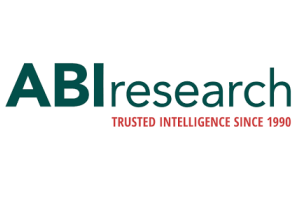Wearables have been affected by the COVID-19 pandemic because consumer interest in buying non-essential devices has dropped in the first quarter of 2020, along with the issues associated with a hampered supply chain.
Wearable shipments in 2020 are now expected to be 254 million, down from the previously forecasted 281 million, states ABI Research, a global tech market advisory firm. Although a significant drop against the forecast, this new COVID-19 impacted projection is a minor increase from the 241 million shipments achieved in 2019. However, this now puts the estimated year-on-year (YoY) increase at 5%, compared to 23% between 2018 and 2019 and the previously expected 17% for 2019-2020.
“While wearables will see fewer shipments this year than originally expected, shipments of devices that can track and monitor healthcare vitals has lowered the impact,” says Stephanie Tomsett, research analyst at ABI Research. “Healthcare wearables are already being utilised to help track the progression of COVID-19 and monitor patients remotely.”
While healthcare wearables are aiding current situations, all wearable device types are expected to see a small amount of increase in the second half of 2020, with smartwatches and sports, fitness, and wellness trackers leading this growth. However, Consumers and enterprises will now prefer wearables that feature more health-related monitoring capabilities.

Many devices, such as those from Apple, Samsung, Fitbit, Withings, and Oppo, are offering, or expected to soon offer, advanced monitoring features such as ECG tracking, sleep apnea detection, arrhythmia detection, and blood oxygen tracking. The incorporation of these features into devices, particularly smartwatches, that already have several other features, allows users to utilize one device rather than multiple devices for different purposes.
“The COVID-19 pandemic has brought a higher health awareness to all individuals around the world. Wearables with advanced health monitoring features will begin to buoy the wearables market in the second half of 2020 and pave the way for 289 million wearable shipments by 2021 and 329 million by 2022 as the world recovers from the pandemic,” concludes Tomsett.
These findings are from ABI Research’s Mobile Accessories and Wearables Market Share and Forecasts market data report. This report is part of the company’s 5G Devices, Smartphones, & Wearables research service, which includes research, data, and analyst insights. Market Data spreadsheets are composed of deep data, market share analysis, and highly segmented, service-specific forecasts to provide detailed insight where opportunities lie.
Comment on this article below or via Twitter: @IoTNow_OR @jcIoTnow










